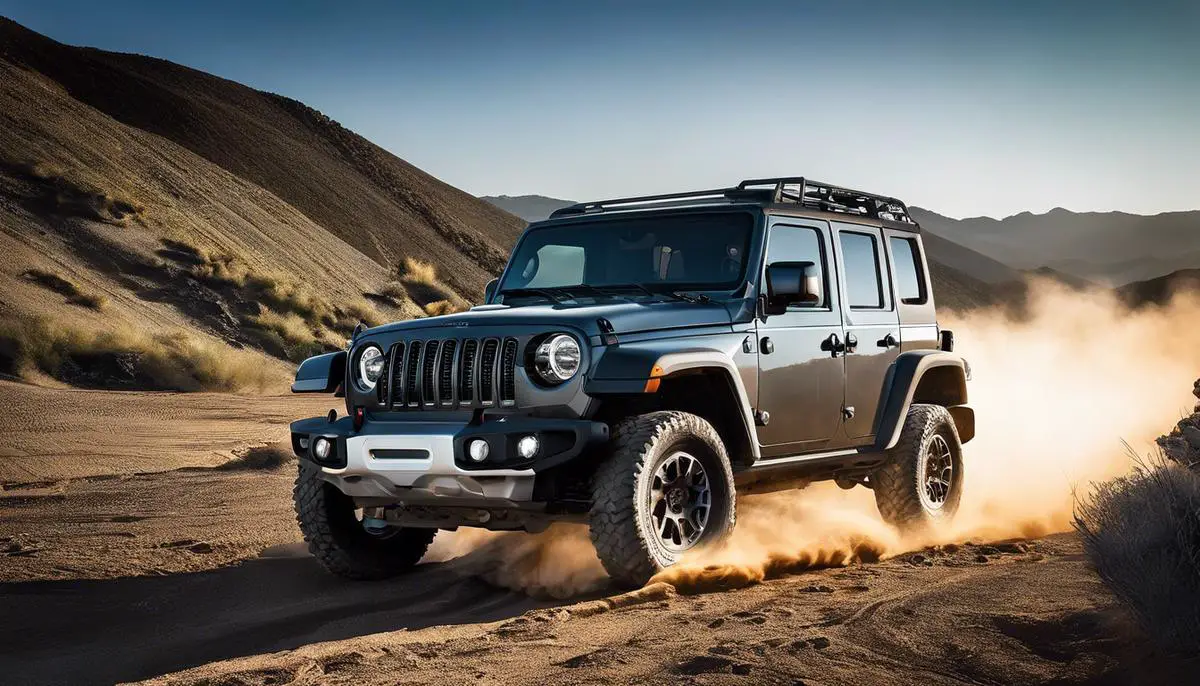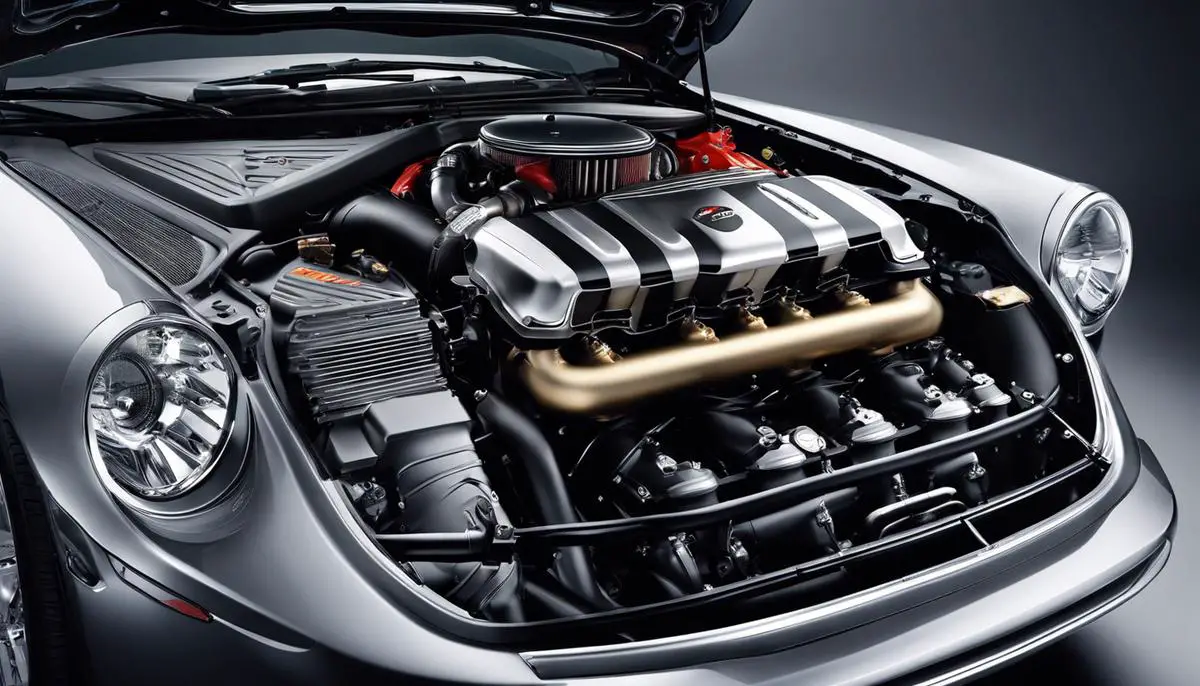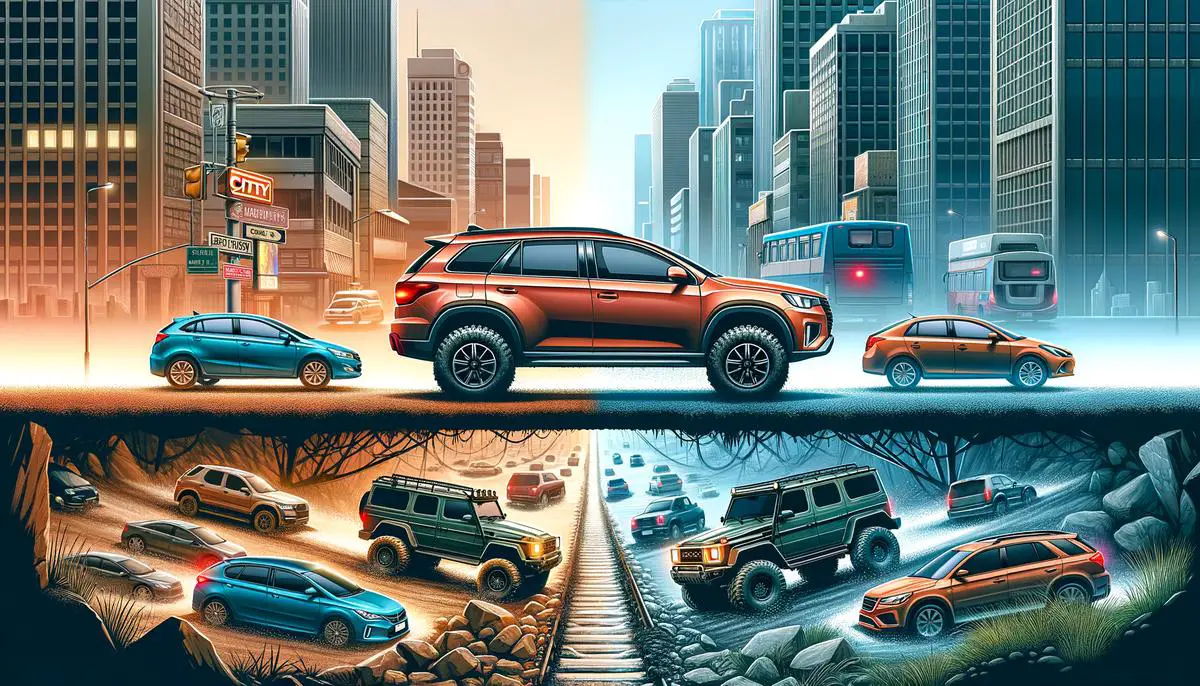When venturing off the beaten path, the capability of one’s vehicle is crucial to conquering the unpredictability of rough terrain and the demands of nature’s less-traveled roads. At the heart of this capability lies an intricate network of drivetrain specs—an amalgamation of mechanical prowess that determines just how well a vehicle can handle the rigors of off-road exploration. This discourse seeks to unravel the complexities of various drivetrain systems, including four-wheel drive (4WD), all-wheel drive (AWD), and two-wheel drive (2WD), and probe into the nuances of what makes each type adept in its own right. We’ll explore the components that are critical to off-road efficacy, such as locking differentials and transfer cases, while dissecting the interplay between traction, terrain, and the technologies designed to dominate them. Whether an enthusiastic newbie or a seasoned trailblazer, understanding these drivetrain dynamics is paramount to choosing a chariot that won’t just travel but will triumph over the tribulations of Mother Nature’s untamed playground.
Contents
Types of Drivetrains
Off-Road Drivetrains Decoded: Your Guide to Tackling Tough Terrain
Venturing into the rough and tumble world of off-roading, enthusiasts quickly learn that the heart of their adventure lies beneath the vehicle’s rugged exterior – in the drivetrain. Responsible for transferring power from the engine to the wheels, the type of drivetrain in an off-road vehicle is crucial for conquering a variety of terrains. Let’s dive into the different types of drivetrain setups and see what each brings to the trails.
- Two-Wheel Drive (2WD)
- Four-Wheel Drive (4WD)
- All-Wheel Drive (AWD)
- Locking Differentials
- Traction Control Systems
Starting simple, the two-wheel-drive system powers either the front (FWD) or the rear wheels (RWD). While not the go-to choice for serious off-roading, modified 2WD rigs with the right tires and a skilled driver can surprise you on less challenging terrain.
Here’s where things get interesting. Four-wheel-drive vehicles can send power to all four wheels, offering better traction on rocky, muddy, or sandy terrains. Typically, you can switch between 2WD and 4WD as needed, a feature known as part-time 4WD. Some off-roaders have full-time 4WD, meaning power is always evenly distributed, no matter the road below.
All-wheel drive is a bit like the younger cousin of 4WD. It provides power to all four wheels, but it’s more about grip on wet or slippery surfaces than climbing over boulders. AWD systems automatically adjust where power goes, depending on the condition of the trail. It’s great for light off-road trips, but for serious rock-crawling adventures, a traditional 4WD setup might be the better choice.
Now, this is a game-changer for any off-road rig. The differential typically allows the wheels to rotate at different speeds, which is fine for everyday driving but not so great for tricky off-road conditions. Locking differentials can be manually or automatically “locked”, making both wheels on the same axle turn in unison. This massively increases traction when it’s super slippery or steep.
Even though it’s not a drivetrain type, the traction control system deserves a mention. This clever tech helps prevent wheel spin by reducing engine power or applying the brakes to specific wheels. It’s especially handy in AWD vehicles and in situations where a quick response to losing grip is needed.
Knowing the nuts and bolts of different drivetrain setups helps off-roaders pick the right rig for their particular passion, from sandy beaches to rocky mountain passes. Whether it’s a sturdy 4WD with locking diffs or a nimble AWD for lighter trails, the choice of drivetrain can make or break the off-road experience. So, gear up, choose wisely, and hit the trails with confidence. Happy off-roading!
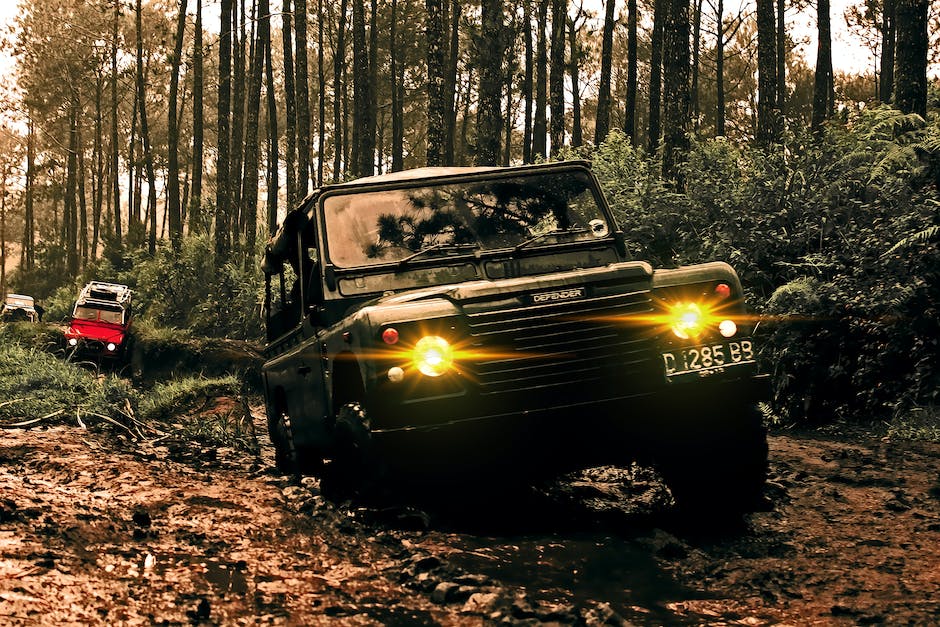
Drivetrain Components
Getting a Grip: Mastering Off-Road Drivetrain Dynamics
When venturing off the pavement, certain drivetrain components become essential to conquering tough terrains. Apart from the common knowledge of 2WD, 4WD, AWD, locking differentials, and traction control systems, other elements play significant roles in enhancing your off-road experience.
First up, let’s talk about transfer cases. Serving as the heart of four-wheel-drive systems, transfer cases split the power between the front and rear axles. The magic here is in the ability to switch between high and low range. Low range is what gives off-roaders the extra grunt needed to power through steep, rocky inclines or when trekking through muddy trails.
Now onto the unsung hero: skid plates. Essential for protecting your vehicle’s underbelly, skid plates shield crucial components like the transfer case and fuel tank from unforgiving rocks and debris. Think of them as armor for your vehicle’s most vulnerable parts. Without this protection, a day out on the trails could quickly turn into a tow-truck call.
Then there’s tire choice, which is not just about looking tough. Tires designed for off-road conditions have deeper treads and reinforced sidewalls to handle the abuses of rocks, sand, or mud. Pairing the right tires with 4WD and a proper traction control system can significantly improve your vehicle’s ability to traverse difficult terrain.
Also, let’s not forget axle articulation, which refers to how well your wheels can move independently of one another. The more articulation you’ve got, the better your vehicle can maintain contact with the ground when tackling uneven surfaces. This can often be improved with the right suspension setup.
Suspension systems themselves are crucial, too. Upgraded shocks and struts, higher ground clearance, and off-road tuned suspension components help absorb the irregularities of off-road paths, providing a smoother ride and keeping your vehicle balanced and controlled.
Lastly, your gearing is vital. Off-roading often requires slow, controlled crawling speeds. Low gearing in the differential will help maintain low speeds while providing the power needed to overcome obstacles.
Cruise through this checklist and ensure that your vehicle’s drivetrain and related components are ready for action. Whether clawing up a rock-strewn hill or fording a stream, the right setup can mean the difference between an exhilarating day of adventure and a challenging ordeal. Off-roading is all about the balance of power, protection, and performance – so gear up, get out there, and let the landscape be your proving ground.
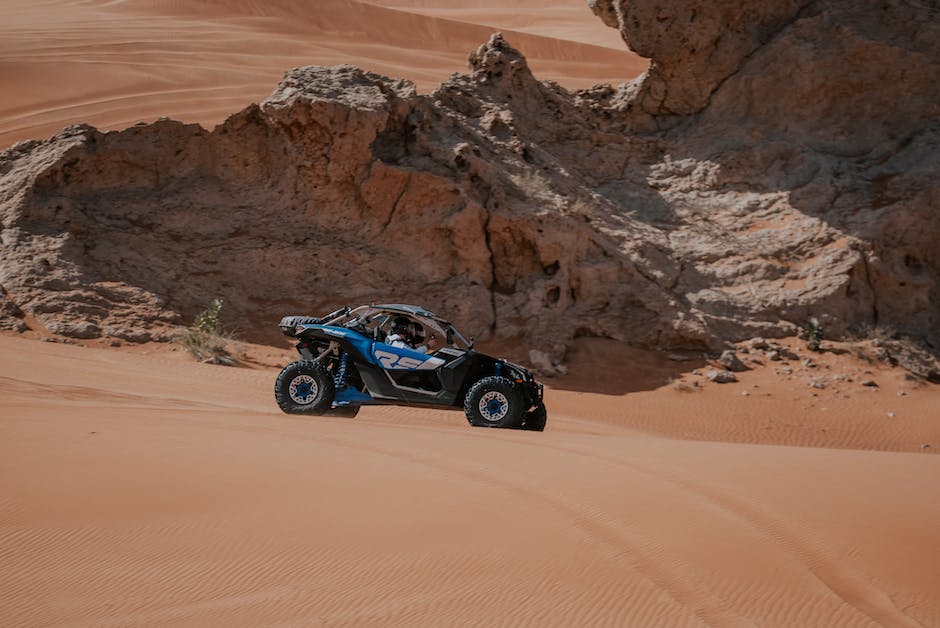
Traction and Terrain
Understanding Torque Distribution’s Impact on Off-Road Prowess
When tackling mother nature’s paved challenges, it’s not just about the type of wheels spinning. The magic lies in the distribution of power among those wheels. This secret sauce goes beyond just turning the engine’s roar into forward motion. It’s a delicate dance of torque, taking into account the nitty-gritty of the surface beneath.
Different surfaces demand varied approaches. Torque distribution is the ace up a vehicle’s sleeve when stepping onto diverse terrains. It optimizes the power sent to each wheel, ensuring that grip isn’t just a hope, but a guarantee.
Imagine cruising on loose gravel or making waves in the sand. Here, proper torque distribution sends more power to the wheels that have the best grip. It’s like having the best partner in a dance-off, always knowing the right move to keep you from slipping.
Now, what about steep climbs or rocky steps? This is where dynamic torque distribution comes into play. It’s about sending that extra power to the wheels that are pushing against the hardest resistance. You wouldn’t use the same amount of effort to lift a feather as you would a boulder, right? Vehicles, too, adjust their strength, giving a boost when it’s crunch time.
But guess what? It isn’t just about brawn; brains have their part too. Torque should be smart, capable of reading the terrain, and adjusting on-the-fly. This intelligent distribution helps maintain control even when each wheel has a different story to tell.
Now, one might wonder about torque distribution in smooth driving conditions – like cruising on asphalt with a clear blue sky stretching above. Here, consistent handling and fuel efficiency take priority. All the wheels share the workload evenly or as per the design of the drivetrain system, which makes for a pleasant and uneventful ride.
Let’s not forget, it’s not just about the where and how of power. It’s also about the when. The timing of torque delivery can greatly affect a vehicle’s capabilities. On slippery surfaces or during sharp turns, delayed torque can prevent wheel spin, thus keeping the vehicle steady and poised.
With every turn, bump, and incline that the voyage throws out, it becomes abundantly clear – torque distribution is the unsung hero, quietly shaping the relationship between wheel and terrain. With the perfect blend of power and grace, it gives vehicles the traction they need to conquer everything from city streets to untamed wilderness.
Understand this, and conquering diverse terrains becomes less of a mystery and more of a mastered skill — no magic required, just a bit of torque distribution knowledge.
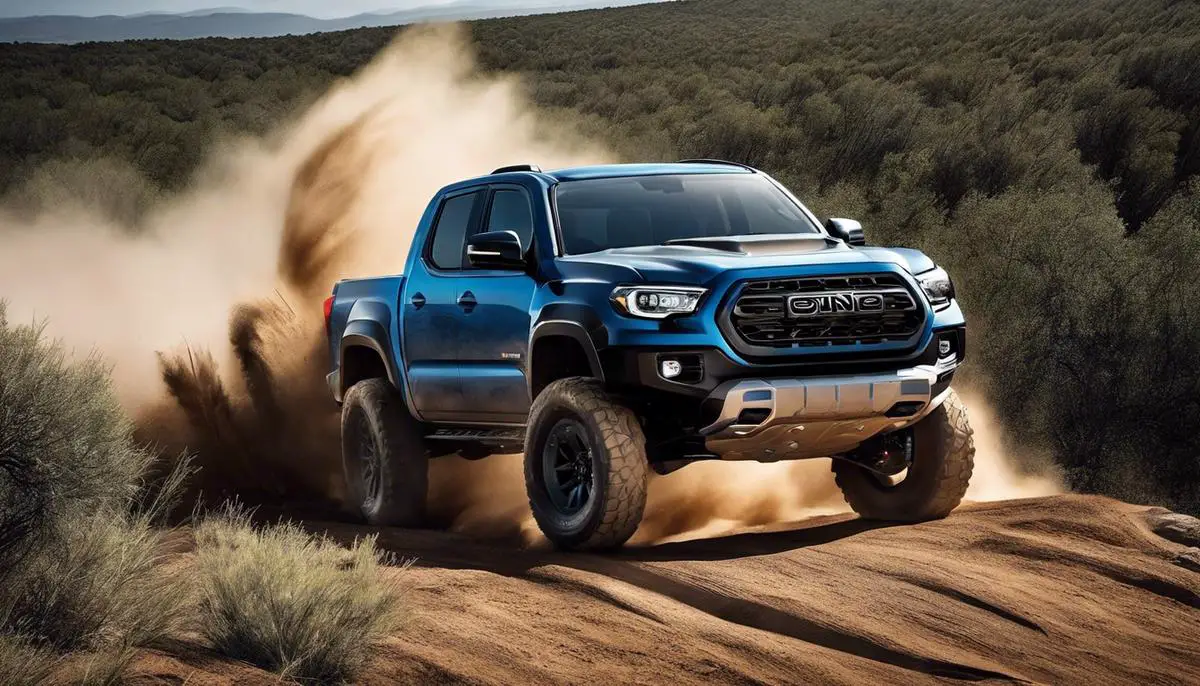
Technical Considerations
When exploring off-road drivetrain specifics, torque distribution is a concept worth its weight in gold—or mud, depending on where one’s off-road trails take them. It’s the powerhouse strategy that ensures power is delivered effectively across all wheels, enabling drivers to tackle a vast array of terrain challenges. But what’s the big deal with this approach, and what should an off-road enthusiast consider when it comes to torque distribution? Let’s dig in.
Imagine a vehicle approaching a gnarly pit of loose gravel. Regular vehicles might struggle, but those with effective torque distribution channel power to the wheels with the most grip, helping keep the vehicle steady and moving forward.
When it comes to sand, which seems to swallow vehicles whole, a proper torque distribution system keeps the vehicle afloat, so to speak. Less power might be delivered to wheels digging into the sand, ensuring that there’s no wasteful spinning.
Climbing steep hills or navigating over rocky obstacles, dynamic torque distribution becomes critical. Here, the system actively adjusts power to the wheels that need it most. If one tire hangs in the air, torque can be shifted to grounded wheels, preventing a loss of traction and potential for dangerous skids.
In various terrains, intelligent torque systems adapt. They can sense different driving conditions and modify power delivery for optimum performance. Whether crossing a river, climbing a boulder, or cruising a forest trail, these systems work quietly but fiercely to keep the vehicle dominate the wild.
Not to forget, while torque is crucial for conquering incredible terrains, it also plays a role in the mundane. Smooth driving conditions benefit from consistent torque distribution, enhancing vehicle handling and even aiding in more fuel-efficient drives.
Now, timing in torque delivery can’t be overlooked. A split-second late, and the vehicle loses stability; too early, and control might slip away. Off-roaders need a system that intuitively knows when to deliver torque for the best stability and control.
Lastly, the very capabilities of a vehicle are intertwined with how well it can distribute torque. It’s like having the right tool for the job—without it, a driver might as well stay on paved roads.
From gravel-filled gullies to steep mountain trails, torque distribution is a fundamental part of an off-road vehicle’s DNA, defining its very ability to traverse the wild terrains adventurers seek. Understanding its impact is essential for off-roaders who aim to conquer diverse and challenging landscapes.
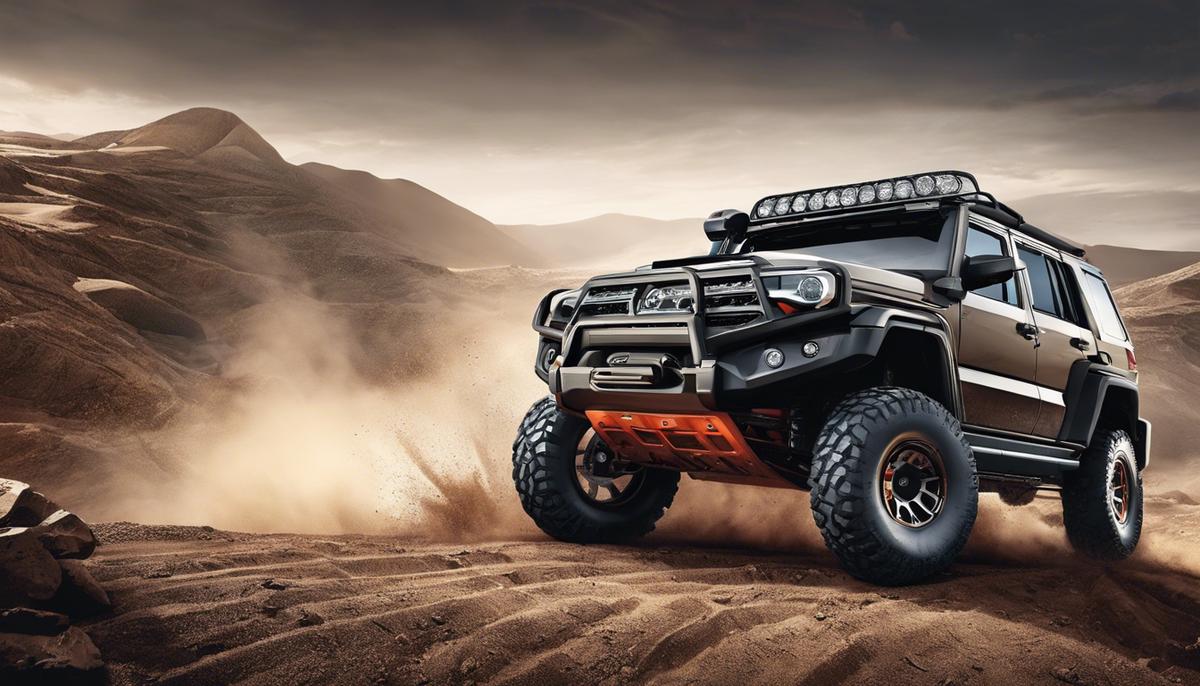
Modifications and Upgrades
Venturing into the nitty-gritty of off-road drivetrain systems demands a look beyond conventional components.
To elevate the performance of any off-road vehicle, enthusiasts often turn to upgrades that refine power delivery and enhance durability.
These improvements are not merely for show; they’re about making a vehicle more capable and resilient along rugged trails and treacherous terrain.
One significant upgrade is the installation of heavy-duty drive shafts and U-joints.
Upgraded drive shafts are engineered to withstand the intense torque and twisting that comes from advanced off-roading.
Similarly, reinforced U-joints, which connect drive shafts to the differentials, are crucial for durability and smooth power transmission.
The addition of aftermarket axles is another golden ticket to off-road supremacy.
Stock axles might do just fine on light trails, but when the going gets tough, stronger axles save the day.
They’re made from high-strength materials and are designed to handle the additional weight and stress that come from larger off-road tires and demanding terrains.
Speaking of stress, let’s not forget about upgrading the differential covers.
Stock covers might seem insignificant, but on rocky crawls, they can take quite a beating.
Aftermarket covers are typically thicker, and some offer enhanced fluid cooling to keep your system in top shape.
Another trick in the off-road book is re-gearing the differentials.
When larger tires enter the mix, they can throw off the vehicle’s original gearing.
Re-gearing adjusts the gear ratios to restore power lost when upsizing tires.
This means when it’s time to climb a hill or navigate through a tough spot, the right amount of power will be there.
Also, a performance programmer or tuner can be a real game-changer.
These devices can adjust the vehicle’s computer settings for a more optimized power distribution, fine-tuning various parameters like fuel-to-air ratio and ignition timing.
With these tweaks, an off-roading rig can achieve better throttle response and overall improved performance.
Lastly, let’s talk protection.
It’s not an “upgrade” per se, but ensuring your drivetrain components are armored against debris is a safeguard every off-roader should consider.
Skid plates are just one layer of this protection; purpose-built guards for the drive shaft and other exposed parts are like giving your vehicle a suit of armor.
Each of these modifications adds another layer of proficiency to an off-road drivetrain system.
By selecting the right combination of refinements, off-roaders can create a machine tailor-made to their adventure style, ready to take on the world’s toughest terrains with unwavering confidence and capability.

Embarking on off-road adventures requires more than just a love for the great outdoors—it necessitates a vehicle tailored to navigate the challenges posed by a world where asphalt is the exception, not the norm. Armed with the insights into drivetrain specifications, key off-road components, and the strategic blends of technology and terrain, enthusiasts are better equipped to tailor their vehicles to their adventurous spirit. Whether through judicious vehicle selection or the artful application of upgrades and modifications, off-roaders can transform their rides into formidable machines that are not only capable of tackling the wild but are also bespoke to their unique journey. So go forth with the knowledge to not only face the path less traveled but to leave your own indelible tracks upon it.
